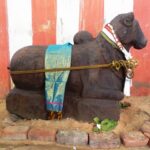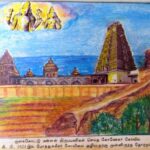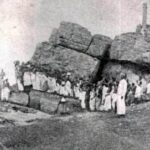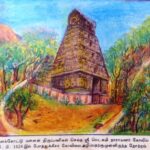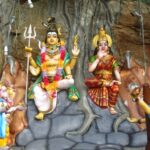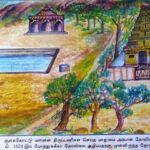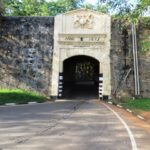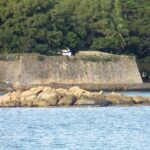

The legacy of the Trincomalee Konesar temple gained profound clarity
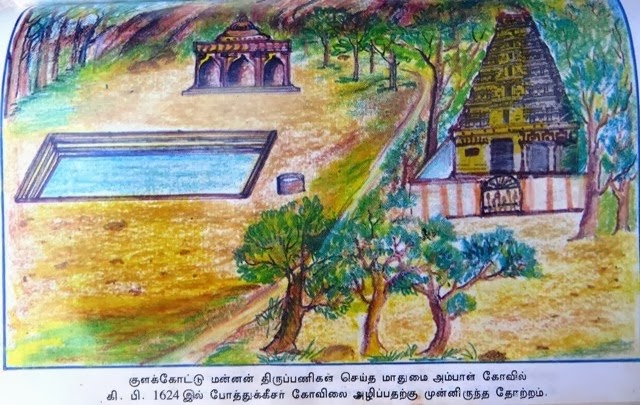
The legacy of the Trincomalee Konesar temple gained profound clarity with Devashan Kunasingam’s uncovering of the ancient Kulakotan inscriptions, hidden among the British Library’s archives. Historical accounts reveal that Ponnalai, a town in Jaffna, was home to the Varadharaja Perumal Temple, encircled by seven bustling streets. This area was eventually cleared, making way for a church in Chankanai that still stands today.
The path where stones were once hauled by an elephant has come to be known as the Dutch road, a site where ten elephants were seen quenching their thirst. This historical reservoir is still referred to as Pattanai Keni, (the reservoir where 10 elephant drank) with some of the original stones remaining to this day. To uncover documented evidence or references about this event, an extensive investigation should be conducted within the libraries and archives of Portugal, the Netherlands, and the British Library. Of the ancient seven streets, the foremost street in the external circle is still marked by the presence of the Pillaiyar temple and its pond. Envisioning the temple’s former grandeur, with seven streets surrounding it, implies it was potentially more extensive than the Madurai Meenakshi Amman temple.
The pre-1500 era clearly signifies a time of prosperity for those living in the region, a fact underscored by the comparison with the establishment of St Bartholomew’s Hospital in Central London around the same time. Witnessing the majesty of such buildings reminds us of our own Tamil cultural strength and historical significance. Yet, the persistent challenge has been our failure to both document these achievements with solid evidence and ensure the protection of our heritage assets, a truth that necessitates rectification.
Devashan Kunasingam Kirishna Krishna Kannan

